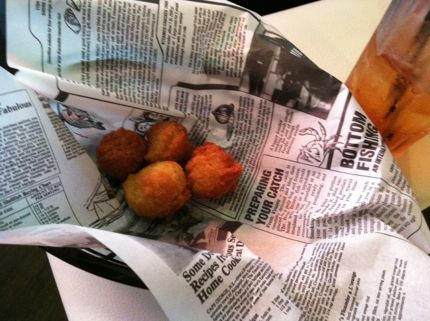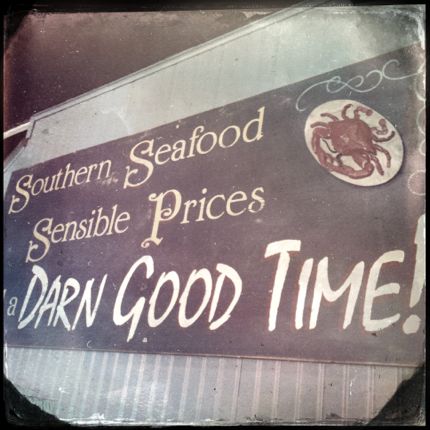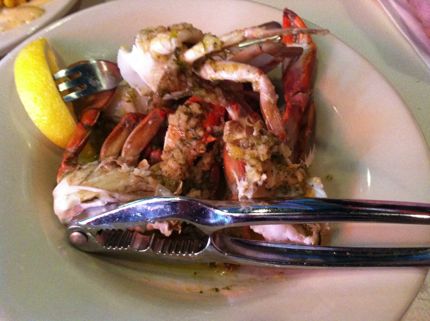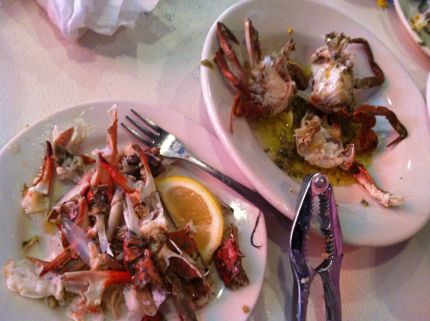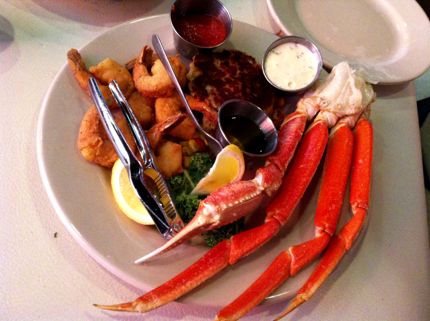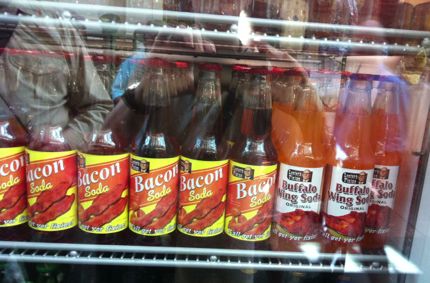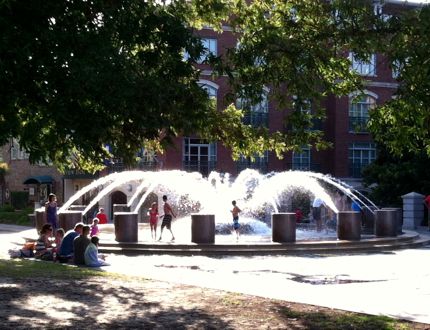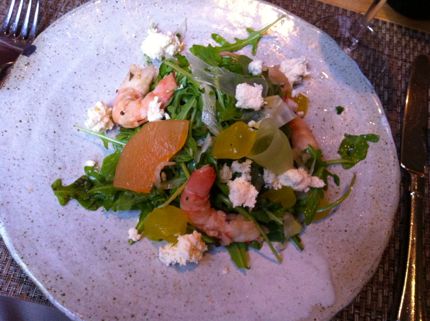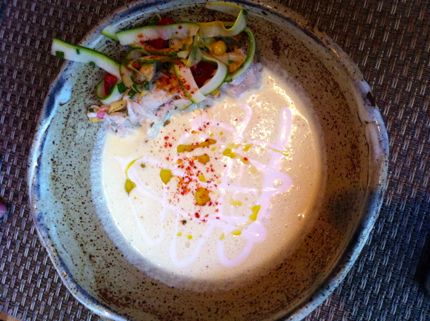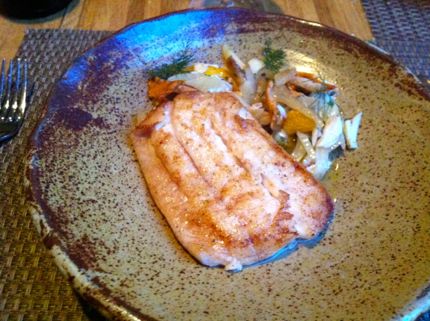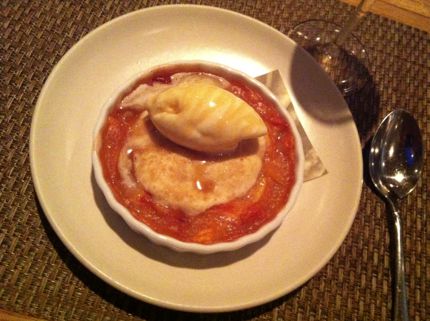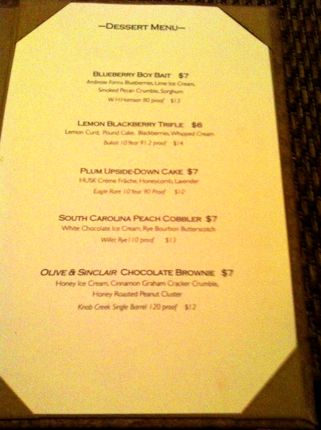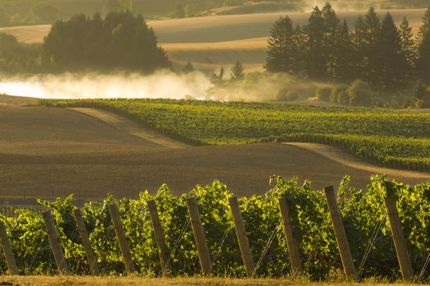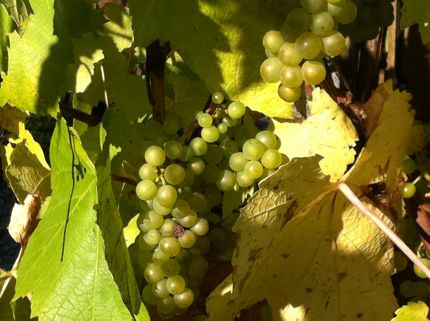Recipe of the Month: Port-Poached Blue-Cheese Pears
August 31, 2013
Port-Poached Blue-Cheese Pears
Wine Varietal: Dessert Wines (Port)
Serves 6
This recipe comes from winemaker Mike Wallace, who’s been at Hinzerling Winery—the oldest family-owned and -operated winery in the Yakima Valley (established in 1976)–from the onset. He’s especially well known and regarded for producing yummy Ports and Sherries with evocative names such as Three Muses Ruby Port, which is used in the recipe below, and Rainy Day Fine Tawny Port. Mike and wife Frankie also operate The Vintner’s Inn, Restaurant, and Wine Bar next door to the winery in Prosser. Mike suggests pairing a small glass of his Ruby Port with these jewel-colored poached pears topped with an authoritative blue-cheese cream.
4 cups water
2 tablespoons freshly squeezed lemon juice
6 ripe, firm pears, such as D’Anjou
2 1/2 cups Hinzerling Three Muses Ruby Port or other good-quality Ruby Port
One 3-inch cinnamon stick
1/4 teaspoon whole black peppercorns
About 1/2 cup (about 2 ounces) blue-veined cheese, such as Oregon Blue, Gorgonzola, Stilton, or Roquefort, crumbled
1/2 cup light cream cheese (Neufchâtel), at room temperature
1. In a large mixing bowl, combine the water and lemon juice. Peel the pears and remove the core from the bottom ends (a melon baller works well for this); leave the stems intact. Gently place the pears in the acidulated water. Combine the Port, cinnamon stick, and peppercorns in a Dutch oven or stockpot large enough to hold the pears without crowding, and bring to a boil. Reduce the heat and simmer, uncovered, for 5 minutes. Gently add the pears and acidulated water, bring back to a simmer, and cover the pot, leaving the cover slightly askew so the steam can escape. Cook the pears, turning the fruit occasionally, until tender, about 15 to 20 minutes. (To test for doneness, insert a small, sharp knife into the center of one of the pears.)
2. Carefully remove the pears with a slotted spoon and transfer to a shallow baking dish. Bring the cooking liquid to a boil, and cook until reduced to about 3/4 cup, 25 to 30 minutes. Watch the pot carefully during the final minutes of cooking. Place a fine-meshed sieve over a bowl, strain the poaching liquid, and reserve. Discard the solids.
3. Pour the poaching liquid over the pears, cover, and refrigerate for 8 hours, turning the fruit once or twice as it chills.
4. Ten minutes before serving, in a food processor, pulse the blue and cream cheeses until smooth and creamy, scraping down the sides of the bowl as needed. Spoon the creamed cheese into a pastry bag with a small decorative tip. Divide the sauce (the poaching liquid) among six dessert plates. Cut the pears lengthwise into three or four wedges and arrange on top of the sauce. Pipe the cheese in a decorative pattern onto the pears.
Cook’s Hint: If you don’t own a pastry bag, substitute a quart-sized resealable plastic bag. Simply spoon the creamed cheese into one corner of the bag, press out the air, cut a small hole in the tip of the bag, and gently squeeze the cheese in a decorative pattern on top of the poached pears.
hinzerling.com


